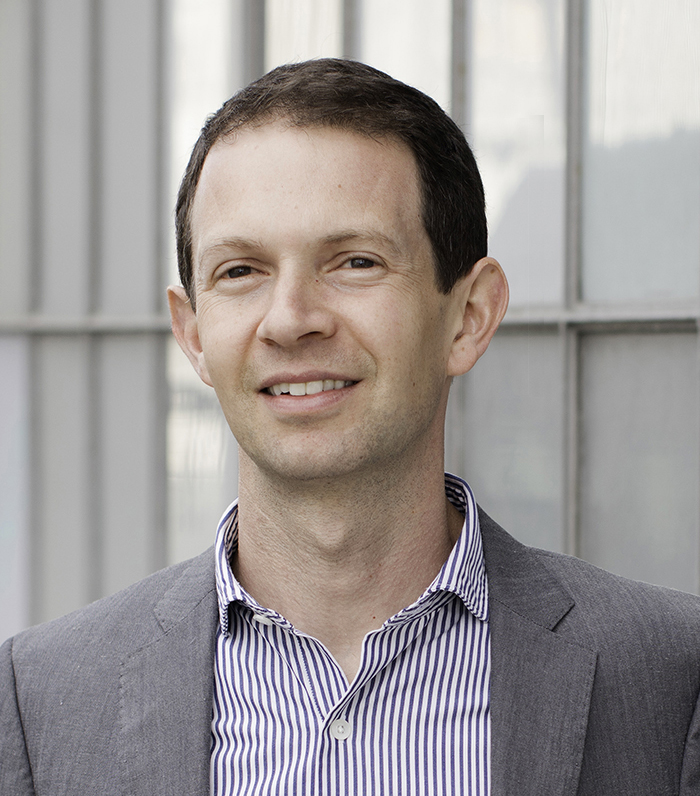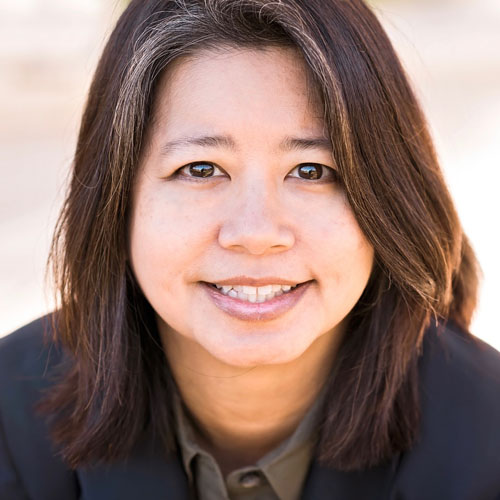By Catarina Kidd, AICP
 C.J. Gabbe, AICP, PhD, is an urban planner and assistant professor in Environmental Studies and Sciences at Santa Clara University, where his research and courses focus on environmental sustainability and housing affordability.
C.J. Gabbe, AICP, PhD, is an urban planner and assistant professor in Environmental Studies and Sciences at Santa Clara University, where his research and courses focus on environmental sustainability and housing affordability.
What was your path to planning?
I first became interested in planning as an undergraduate at the University of Oregon. Through my classes, I surveyed different aspects of urban planning, policy, and government. The first work I did was bike and pedestrian planning in Eugene, Oregon. Over the years, I worked for U.S. Senator Ron Wyden and the Portland Development Commission. I then enrolled in a master of urban planning program at the University of Washington, where I explored real estate, neighborhood planning, and public participation. After graduating, I worked in planning consulting for six years, focusing on regional plans, comprehensive plans, and downtown plans for jurisdictions around the country. I wanted to do more evidence-based work, so I pursued a PhD in urban planning from UCLA.
You left a full-time job to pursue a PhD. How did you make that decision?
It was a leap of faith, as it would have been safer to stick with a mid-career job. But I was confident that a PhD could benefit my career either in academia or a research-based approach to consulting.
What would you say to those thinking about an advanced degree?
I highly recommend planning master’s programs. In terms of PhD programs, it’s important to be open about what that education can do for you and if you would you be willing to do it even if an academic career path does not work out. It’s important to be realistic about the academic job market; it’s very competitive. But a PhD can open doors to “alt-ac” careers with think tanks, non-profit organizations, consulting, and public agencies. Luckily, planning is an applied field, where PhD graduates with some experience can be competitive for public and private sector roles.
What is a day like in the life of a professor?
Day to day, there is a mix of research, teaching, and different aspects of serving the university, such as committee work. I like to focus on research and writing in the mornings and teaching and service in the afternoons.
In the morning, I work on one or more research projects with teams of other faculty and students. This involves teamwork sessions, data collection, data analysis, writing, and revising. In the afternoon, I prepare for and teach my classes, advise students, and participate in university committee meetings. I typically teach two days a week, two courses per quarter; for example, this quarter I’m teaching Sustainable Urban Planning and Environmental Politics and Policy.
What was the best advice you received, and from whom?
Some great advice came from my PhD advisor, Professor Emeritus Randy Crane at UCLA. He advised me to ground my research in big questions that are being debated. For example, understanding how regulations work and are enacted. (There’s no shortage of debates about zoning and land use regulations in Northern California!) The late John Fregonese, my mentor at Fregonese Associates, also gave me great advice by constantly emphasizing the need to start plans with a shared vision and figure out the details from there. The most effective way of starting lasting (and implementable) change is with a vision that resonates with people.
What skills did you find most valuable in consulting, in the public sector, and in academia?
Communications skills are crucial in every sector of planning. Planners often focus on technical skills — which are certainly important — but I think it’s also crucial to develop strong writing, speaking, and interpersonal skills.
What hot topics have your interest?
I’m particularly interested in growth and densification (including around transit), re-thinking how we regulate parking, and adapting to climate change. There are great opportunities to reverse auto-oriented urban development patterns, but there are also political challenges to doing so.
How do you view upzoning near transit to increase housing production?
I’ve generally favored these efforts. My research has shown that California cities tend to do little upzoning on their own, and this is necessary in many areas given our housing shortage and affordability crisis. That said, it’s crucial that discussions about upzoning are coupled with the preservation and production of affordable units, and protecting the interests of lower-income neighborhoods and communities of color.
How would you advise new planners or mid-career planners?
Don’t be afraid to try new things early in your career or even mid-career. There are lots of opportunities to explore. Find the aspect of planning you care about. Sometimes I hear students or young planners ask, “Is it too late?” It’s never too late to try something new or change paths. Don’t feel like you have to decide anything immediately. I encourage everyone to volunteer, get involved in advocacy, try new areas, and see what resonates. Every time you push yourself, it will be really rewarding.
What’s your advice to students?
Local agencies often are experienced with graduate school students, but there are lots of strong and talented undergraduates who can connect with local governments. My undergrad students recently worked with the City of Santa Clara and a consulting team led by WRT. The students did a fantastic job of reaching out to the university community and got over 760 survey responses to help shape the city’s downtown plan. Involving students creates opportunities to expand public participation and to raise up a new generation of planning leaders.
Where can readers find any papers you have written?
All of my papers are linked through my website, http://www.cjgabbe.com (I’m happy to share copies of work that is behind a paywall.)
Two short articles might be of interest: “The Hidden Cost of Bundled Parking,” and “Where Residential Density Is Allowed – and Isn’t – in Los Angeles: A Fresh Look at Zoning Changes” (opens as a PDF).
 Interviewer Catarina Kidd, AICP, is senior development manager at FivePoint and a guest writer for Northern News. Final editing by associate editor Andrea Mardesich.
Interviewer Catarina Kidd, AICP, is senior development manager at FivePoint and a guest writer for Northern News. Final editing by associate editor Andrea Mardesich.

